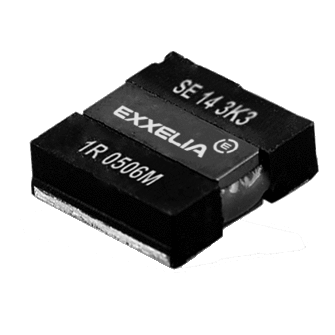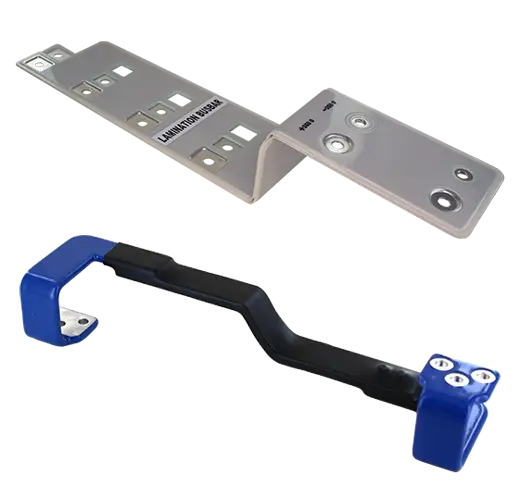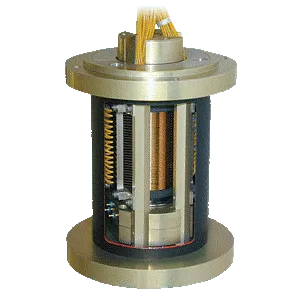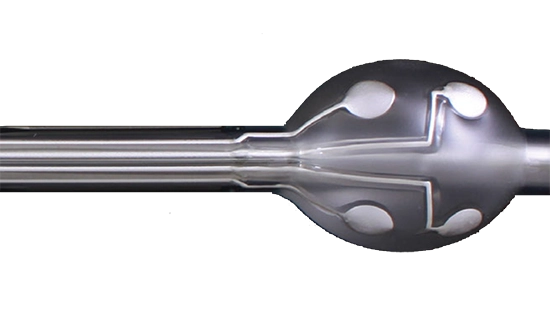

Discover Exxelia's E7000 series dielectric resonators: ultra-high Q-factor, space-grade, and cost-effective for satellite, radar, and communication systems.
Exxelia can now produce larger batches of its E7000 series for increased cost-effectiveness. Designed for high-end filters where Q-factor is critical, especially in space or military applications, the E7000 series of dielectric resonator features...
Dielectric resonators are designed to replace resonant cavities in microwave functions such as filters and oscillators. Exxelia with the support of ESA and CNES developed the E7000 series that provides a narrow bandwidth with smaller size. E7000 is Ba-Mg-Ta materials based that combines an ultra-high Q-factor and the possibility to get all the temperature coefficients upon request. E7000 features the high-performance requested for space use in the frequency range from 5 to 32 GHz, and guarantees up to Qxf > 250 000 at 10GHZ.
Being one of the few manufacturers producing its own raw materials, Exxelia perfectly masters the production of dielectric resonators. Induced by the success of this new range, the company is now able to provide larger batches (up to 20kg of powder) of its E7000 series while keeping the exact same product properties, resulting in opportunities for cost-effective volume fabrication.
Typical applications for the E7000 series: Satellite multiplexing filter devices, radio links for communication systems (LMDS), military radars.










